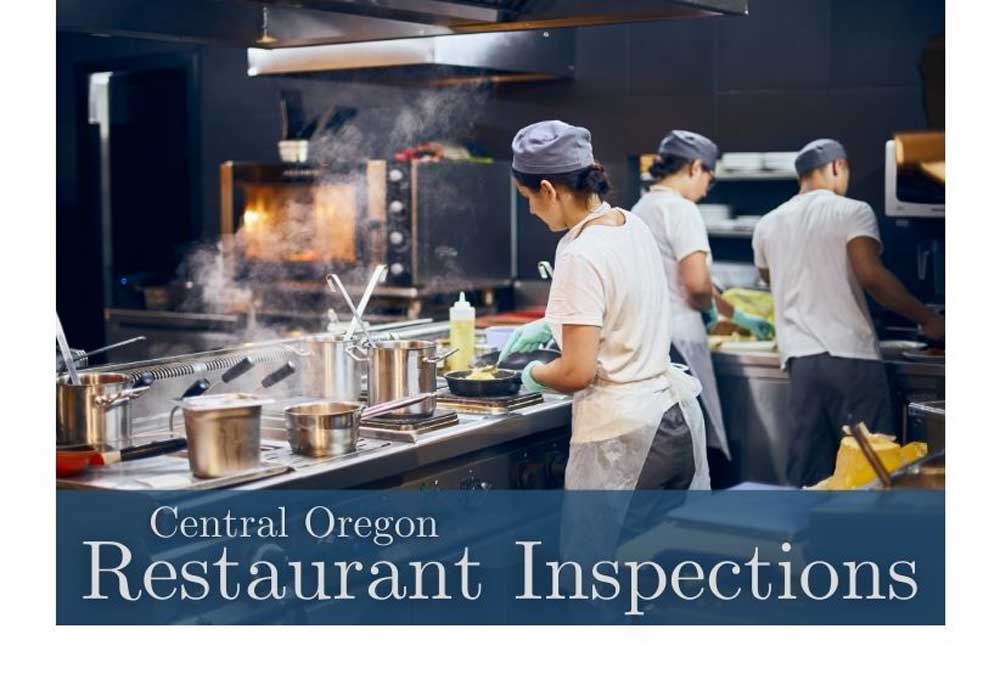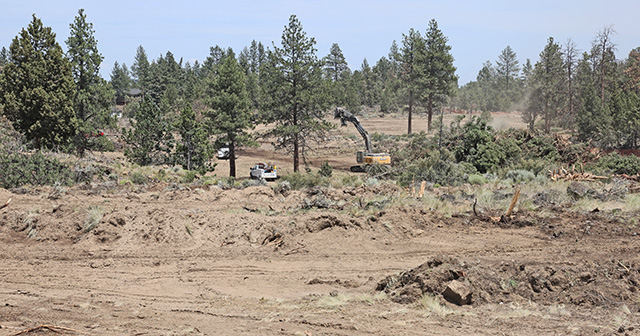Deschutes County restaurant inspections were offline because of computer glitch
Published 5:15 am Wednesday, March 20, 2024

- Central Oregon Restaurant Inspections main photo with title 2 16:9 ratio (copy)
UPDATE: As of late Thursday, Deschutes County Health Services reported that a software glitch preventing restaurant reviews from being published online has been fixed.
The county removed the warning from its site and consumers can now see restaurant inspections, but without scores.
The results of Deschutes County restaurant inspections have not been publicly available for several months because of a computer programming glitch.
The software program producing the restaurant inspections online has been unable to publish the inspection results without a score. Scoreless inspections are a requirement of a U.S. Food and Drug Administration risk factor survey the county is participating in.
“It has been frustrating,” said Eric Mone, Deschutes County Health Services Environmental Health supervisor. “It is public information and there are people who want to review the inspections before they decide to eat out with their families.”
The county is participating in a six-month FDA risk factor study to collect data showing inspection results from 650 brick and mortar restaurants and 250 mobile food operations in the county, Mone said.
The goal is to catalog the most common violations that could lead to food-borne illnesses, Mone said. When health and safety violations are detected, they are corrected on site during the inspection, or a plan is put in place that includes a re-inspection, he said. The end result will be data that can be used to develop interventions to reduce food-borne illnesses, Mone said.
Nationwide, more than half of the food-borne illness outbreaks come from food made in restaurants, according to the FDA’s most recent report released in 2023. Health inspectors focus on inadequate cooking, poor personal hygiene, or using food from unsafe sources, according to the FDA.
Bend’s old Pine Shed to become Dogwood Cocktail Cabin’s new home
Several restaurants or food preparation sites recently inspected did not return calls from The Bulletin requesting comment.
In general, restaurants tend to agree with county inspectors, said Jason Brandt, Oregon Restaurant & Lodging Association president and CEO. The scores given to restaurants generally focus on customer and employee safety, Brandt said.
“Of course, restaurant inspections across all county health departments in Oregon will result in a certain level of subjectivity,” Brandt said. “A health inspector on the coast may choose to grade a restaurant differently than a health inspector in Central Oregon.”
In the first three months of the year, the county inspected 160 restaurants and food trucks, Mone said.
The software developer hired by the Oregon Health Authority to publish restaurant inspections was unable to produce inspection results without providing a score.
“We are quite frustrated that we haven’t been given permission to share these public health inspections,” Mone said. “We are working with our IT team to find a work-around to make these inspections public facing on our environmental Health website as soon as possible.”
Restaurants and food trucks in the county are inspected twice a year by a team of nine environmental health specialists, Mone said. The county is working with the software company directly to get the inspections posted online. But during this period where the county is obtaining baseline data on its inspection program, the community is unable to find updated restaurant and food truck inspection information.
What is available, however, are re-inspections, inspections of hotels and lodgings, swimming pools and spas, Mone said.
From January to June, county restaurant inspectors are focusing mainly on critical violations affecting food safety, such as incorrect refrigeration temps, lack of hand washing, or hot food temperatures and not on minor violations like holes in the wall or a dirty floor.
This is the first time the county is participating in the risk factor study with the FDA, Mone said.
“We chose to do this to measure the quality of inspections and to evaluate the risk factors that most commonly lead to food-borne outbreaks,” he said.







